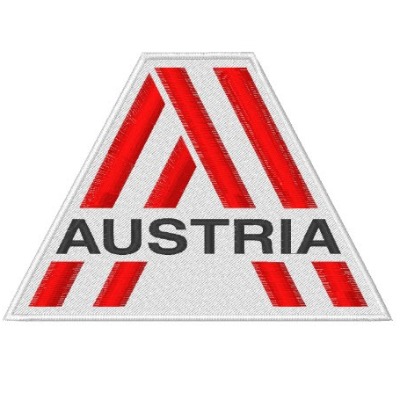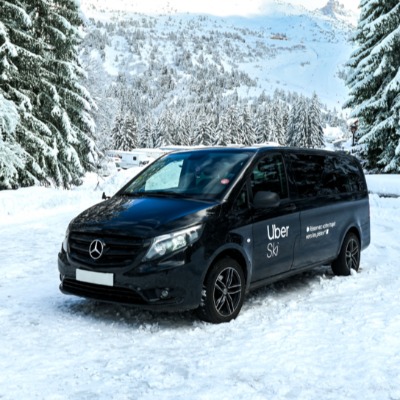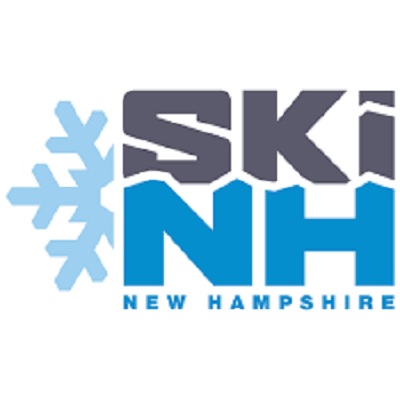TechnoAlpin: World Cup Moving Forward Thanks To Snowfactory

World market leader, TechnoAlpin, is well-known for its pioneering technological products. The Snowfactoryoffers unique advantages alongside conventional snowmaking. This technology can be used to overcome the limitations on snowmaking due to outside conditions, mainly air temperature. Nordic ski centers, as well as sensitive slopes at medium to lower altitude and numerous other ski resorts around the world have relied on the Snowfactory in recent years and the World Cup slaloms are no exception!
This technology was also used for the Croatia World Cup. Sljeme hosted the women's World Cup Slalom for the fourteenth time and the men's event for the eleventh time. The Audi FIS "Snow Queen Trophy"was held on January 5 and 6 this year. The Sljeme World Cup had been struggling with uncertain snowfall for a few years and purchased a Snowfactory in 2017. This decision was fueled by the need to ensure that the World Cup would go on.
"We couldn't have done it with traditional snow production alone."
TechnoAlpin spoke with FIS Race Director, Markus Waldner, after the 2020 race. He is convinced that the Snowfactory was once again instrumental in ensuring that this year's race went on as planned. "Using the Snowfactory in Sljeme was once again of paramount importance this year, as there was no guarantee that the Snow Control Day races would have been held without it. Thanks to the Snowfactory, the last stretch of the race track could be covered with snow. This year's races could not have gone on with conventional snow production alone." Although the quality and structure of the snow produced by the Snowfactory differs from conventional, technical snow, the difference between the two was no longer evident following preparation for the race. "Slope conditions were very good because of a cold spell just before the race. Feedback from the racers was extremely positive. They couldn't tell any difference whatsoever in the last stretch of the course," added Waldner.
The soaring success of the Snowfactory is evident in many countries around the globe. In France, the Châtel ski resort has purchased a second Snowfactory, while ski resorts in Gleenshee (GB), Ski Apache(USA), Winterberg (DE) and Kurza Gora (PL) have been using the technology since last year to offset the impact of warmer temperatures. And the Snowfactory is still as important as ever for snow coverage in Sljeme. The aim is not to replace conventional snowmaking, but to supplement it. "The Snowfactory is no substitute for conventional snow guns, but it does provide the ideal solution for additional snow production on shorter stretches," explained Markus Waldner.













